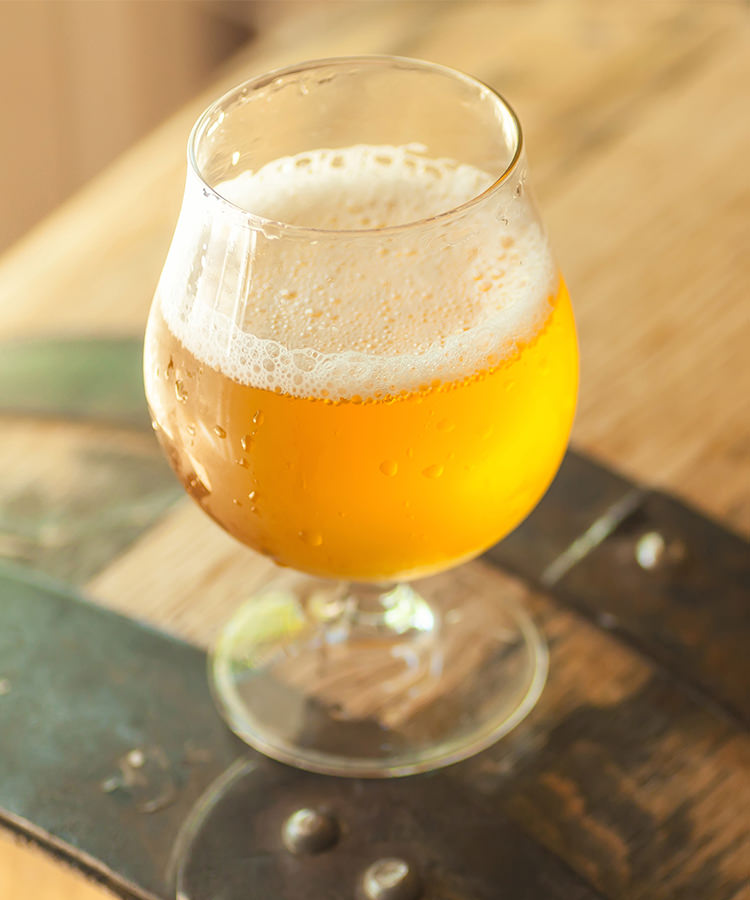A good sour beer is like that friend you have who gets along with everyone she’s ever met. Beer geeks love the layers of flavors in a sour, while people who don’t like beer love that it doesn’t quite taste like a typical beer. And while the style was once hard to find, sours have become increasingly easy to get, thanks to craft breweries around the country.
Still, many people remain unfamiliar with sours. Here’s everything you need to know before you order one.
What is sour beer?
Sour beer is the oldest type of beer in history. Nearly all beer used to be at least somewhat sour before pasteurization and sterilization was entirely understood. Sours today are tart-tasting, and made with wild bacteria and yeasts, whereas more familiar beers are made in sterile environments with specific yeast strains.
But wild organisms are what make sour beers so enticing. Sours come in a wide range of styles and can run the gamut from mouth-puckeringly sour to barnyard funky to fruity and light. Some of the most famous sours come from Belgium, where they’re often aged in oak barrels that let the beer breathe and let microorganisms build communities.
What makes a sour beer sour?
Bacteria gives sour beers their distinctive taste, while yeast adds the funky and earthy quality. Today’s sours are primarily influenced by two types of bacteria and one type of wild yeast.
The first is lactobacillus, a bacteria that turns sugars into lactic acid. It’s the same acid that makes yogurt taste slightly sour (and that makes your muscles sour after exercising). The second is pediococcus, a bacteria in the same family of lactobacillus that’s often used in Belgian beers to add acidity. Pediococcus can metabolize without oxygen, and the acidity will increase the longer it’s in a beer. Over time, pediococcus can also create diacetyl, a compound that has a buttery taste.
The wild yeast in sours is known as Brettanomyces, also known as “Brett.” Unlike Saccharomyces cerevisiae (which makes ales) and Saccharomyces pastorianus (which makes lagers), Brettanomyces has a reputation as a beer ruiner. At its worst, Brett can add poopy and Band-Aid flavors and aromas, but at its best it can make add a balancing layer of earthiness to a beer.
What types of beer are sour?
There’s no one definitive type of sour. Here are some different styles:
Lambic: A Belgian wheat beer that’s made with spontaneous fermentation that’s both light and tart. It’s traditionally brewed in the winter and aged for at least a year, and is often mixed with cherry and raspberry. The unfermented beer is left in the cool open air, which allows wild microorganisms floating around to get into the beer. A blend of old and young lambics is called geuze.
Flanders: A Belgian beer that’s often fermented in large wooden vats. Flanders ales have a mix of acidity and sweet fruit and vanilla flavors. Red Flanders typically taste more of fruit, while brown Flanders have more notes of raisins, plums, and earth.
American wild ale: The craft brewer’s take on the sour is usually made with a mix of ale yeast and Brettanomyces yeast. Other than the sour flavor and wild yeast, though, American wild ales don’t have many defining rules that guide the style.
Gose: A German sour made with coriander and sea salt. Goses range in flavor, but there’s always a balance between salty, herbaceous, and sour. Many goses are made in the U.S. as well as Germany.
Berliner Weisse: A German wheat beer with low alcohol by volume and high carbonation. The lemony tartness of a Berliner weisse is more subtle than many of the Belgian and American sours and comes primarily from lactobacillus.
